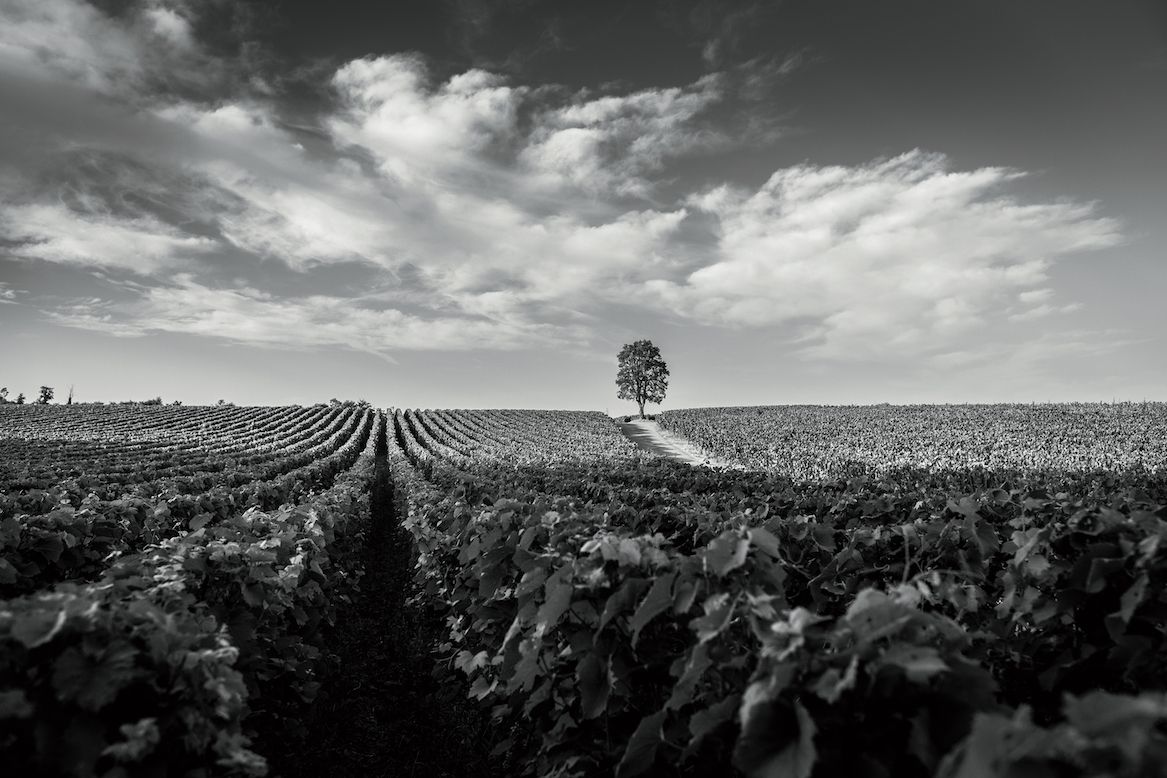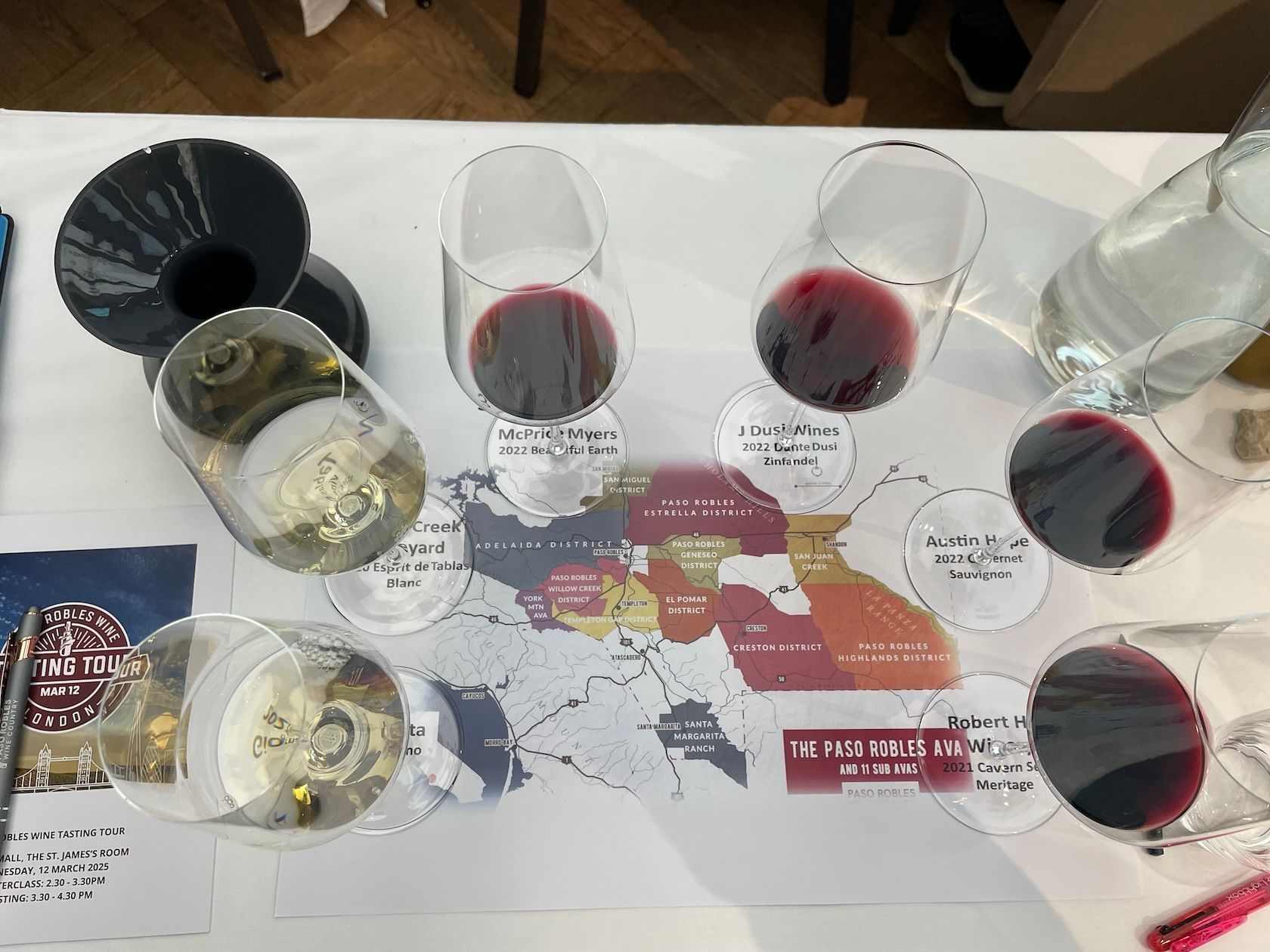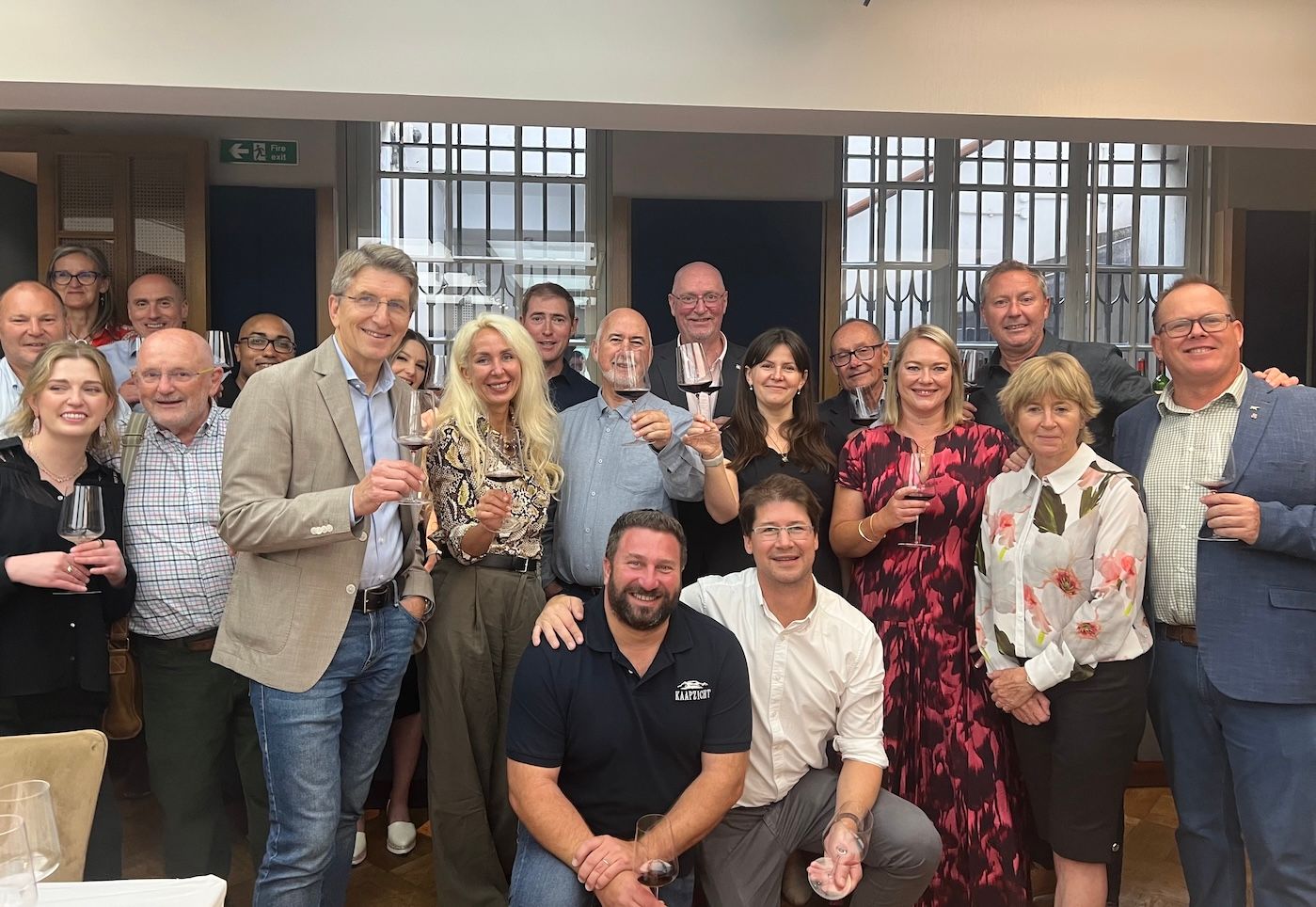Ca’del Bosco, Ferghettina, Mosnel, Monte Rossa and Contadi Castaldi are just some of the Franciacorta producers recommended to try.
Prosecco consumption continues to climb in the UK, but another Italian sparkling wine wants a bigger piece of the action. Franciacorta, the premium bubbly from a small denomination near the Italian lakes east of Milan, currently exports only 15% of its annual production of 17.5 million bottles but wants to increase that to 30-40%.


Vittorio Moretti
The UK, USA and Japan are Franciacorta’s three major export markets, and the UK on-trade is seen as one of the key places to target. “We think the British restaurants, wine bars and clubs are exactly where Franciacorta can be increasingly popular,” Vittorio Moretti, president of the Franciacorta Consorzio told The Buyer on a trip to the region.
“But we need to get Franciacorta better known, grow brand awareness and make people understand the quality. We also want more wine tourism here as this is a beautiful area to visit.”
Make no mistake on both counts for those with limited or no experience of Franciacorta. The quality of the product is unmistakable, and the region, while small at 600 square kilometres, is a fabulous one to holiday in and take in some local producers. Midway between Milan and Verona, it lies very close to the stunning Lago d’Iseo, which has a jewel of an island in the middle of it named Monte Isola.
More on wine tourism there later, but as far as Franciacorta sparkling wine is concerned, it is, to use a footballing analogy, Premier League in quality while Prosecco is predominantly Championship or League One. For a start, Franciacorta is made using the traditional method while Prosecco employs the tank method. The latter is produced from the Glera varietal but Franciacorta from the higher quality Champagne grapes. It also gets a long time on the lees. Enough said.
One of Franciacorta’s best known producers is Ca’del Bosco (literally ‘House of the Wood’ as it has lots of chestnut trees).

The first vineyard was planted in 1968, and now the company has 207 hectares under vine (all certified organic) in nine different villages. Their altitude of over 450m encourages a wide diurnal range, while Lago d’Iseo, 4-5km away, has a moderating influence on temperatures. Pinot Noir and Chardonnay are the grapes used for the sparkling wines, although some Pinot Blanc is used to adjust acidity. Merlot, Cabernet Sauvignon, Cabernet Franc and even some Carménère are grown for still wines.

The state of the art grape-washing system at Ca’del Bosco
Ca’del Bosco broke new ground in 2008 when, at a cost of €2.5m, they installed a state-of-the-art washing system of all grapes. This removes any impurities, such as insecticides, as well as any insects. They are the only winery in Franciacorta to follow this practice, keen as they are to maintain the same consistency in their annual production of 800,000 bottles of non-vintage sparkling. The company is keen to stress this washing process is not sterilisation.

Ca’del Bosco also comfortably exceeds the DOCG’s minimum requirement for time spent on lees: 18 months for non-vintage (compared to Ca’del Bosco 24); 30 months for vintage (cf 48); and 60 months for reserve wines (cf 7 years). Thanks to a corking machine Ca’del Bosco patented in 2005, which injects nitrogen into the bottle, they are able to reduce the usage of sulfites, which is very much part of their philosophy.
Innovation is common in Franciacorta. Another producer, Ferghettina, has come up with square bottles for its Milledi 2013 brand (100% Chardonnay). Why I wondered? “The shape gives a larger surface area for yeasts to settle, leading to more autolysis,” explained winemaker Laura Gatti. “Within five years, all our wines bar the Brut will go into square bottles.” Fergettina’s excellent range – from its Brut (NV, 95% Chardonnay, 30 months on lees, 6g/l dosage) up to its icon Riserva 33, 2009 (100% Chardonnay, 78 months on lees) is available in the UK through Boutinot.

Another top blanc de blancs we tasted was Mosnel’s EBB (Extra Brut Millessimato 2012), which is available through Vini Italiani in London (approx £36). Kept on the lees for 36 months, this was very fresh, with a fine, persistent mousse and notable minerality. The base wine was superb, with complexity, length, intensity and very appealing fruit. Dosage was not specified but understood to be between 3-6g/l.

Contadi Castaldi
For a pleasing rosé, Monte Rossa’s Flamingo Brut (approx £20 at Vinitaly) fits the bill. Made up of 60% Chardonnay and 40% Pinot Noir, it spent 24 months on the lees and possesses considerable intensity of flavour and vibrancy of fruit. Contadi Castaldi, whose UK distributors are Liberty Wines, also make an excellent rosé, not to mention a fine blanc de blancs and a complex blanc de noirs. Uberti and Cavalleri are two other good producers, but both are seeking UK distribution.
Two unusual styles of Franciacorta are worth mentioning: Pas Dosé (zero dosage) and Saten. Berlucchi’s ’61 Nature 2010 (the brand being named after the first year of Franciacorta production: 1961) spent five years on the lees, and is a notable example of zero dosage, being taut and very fresh with rasping acidity, and a very flavoursome citrus base wine (80% Chardonnay, 20% Pinot Noir). Annessa Imports in Enfield stock it.
Saten (which translates as ‘silky’) was a style introduced by Moretti at his Bellavista winery, and ‘given’ to the rest of Franciacorta, whose producers embrace it. White grapes only can be used for it (predominantly Chardonnay but also Pinot Blanc), and a maximum five bar of pressure is permitted. We came across some beguiling examples of Saten, which is characterised by its creaminess. Fergettina’s straw yellow 2013 vintage (£27) had strong almond notes, seductive fruit and a lengthy finish. Ca del Bosco’s 2012 Saten was complex and long with white peach notes.

Finally, wine tourism is growing very fast in Franciacorta, and with good reason. “We have welcoming cellar doors, beautiful scenery and a rich history, with castles, monasteries and ruins,” Silvano Brescianini, vice-president of the Franciacorta Consorzio, said. “In the last two years, AirBnB bookings have increased 300%.But we would love to have more visitors.”
Take it from me: Franciacorta should be on every wine lover’s must-visit list.









































